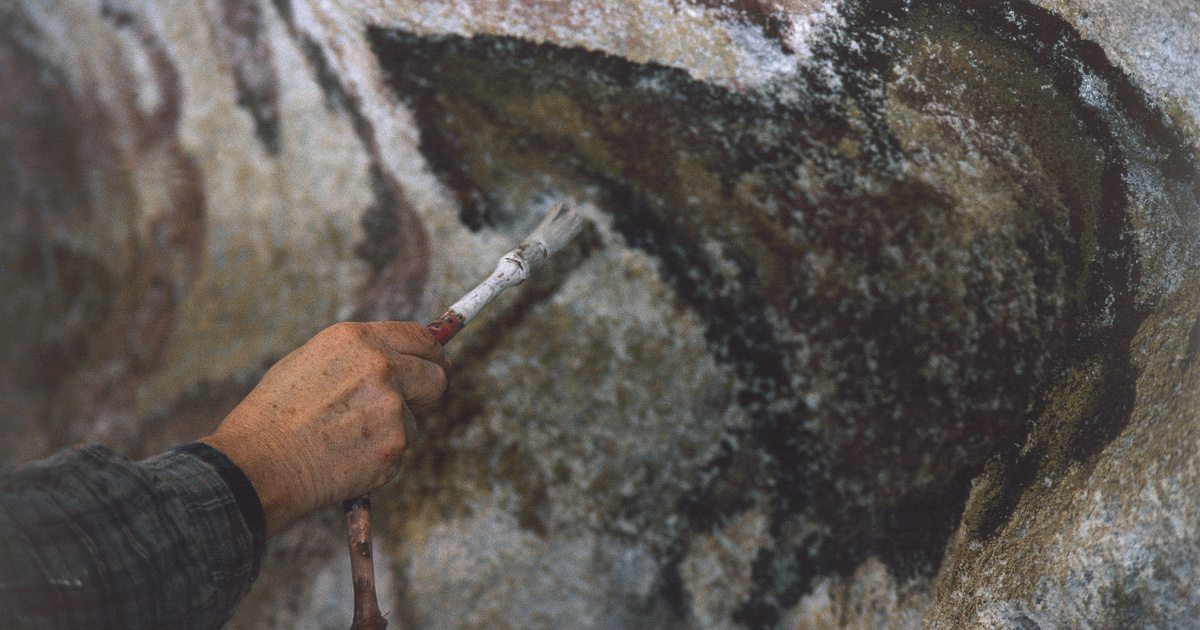Although researchers have already been able to unearth some of the drawings and tools made by Neanderthals, now French scientists have made a truly special discovery, having found a drawing in the cave that is more than 57,000 years old.
The signs, which are considered the oldest drawings of a Neanderthal man, were discovered in the La Roche-Cotard cave in the Loire Valley region of northern France.
Emphasizing the importance of the discovery, the authors of the study published in the journal Plos One write:
This discovery is further evidence that Neanderthals were just as complex and diverse as the ancestors of modern humans.
Based on the age of finger marks carved into the soft sediment wall, La Roche-Cotard may be the oldest Neanderthal decorated cave in France. Circular, dotted, triangular, and wavy markings were found on the cave wall, and were analyzed by Jean-Claude Marquet, a scientist at the University of Tours in France, and colleagues.
The research team created 3D models of the engravings and compared them to previously discovered human markings. They are designed to be intentional based on their shape, spacing, and arrangement.
According to scholars, arranged figures may have symbolic significance, but at the same time, according to them, this does not prove that the creators were also thinking symbolically.
According to the online version of the Smithsonian Magazine, the cave was discovered in 1846 when the quarries were opened in the area due to the construction of the railroad. When it was excavated in 1912, prehistoric stone tools and animal remains were also found, indicating that Paleolithic hunters had been there thousands of years earlier.
Scientists already noticed fingerprints on the walls in the 1970s.
The research group that produced the new study examined the marks discovered on the cave wall from 2016. The research group concluded from examining the cave deposits that the La Roche-Cotard cave was closed by sediment around 57,000 years ago, long before the appearance of modern humans, so the find is older than that.
According to the researchers, the findings as a whole prove that Neanderthals made the engravings. Scientists confirmed:
“Based on what we know today, the diversity of activities carried out by Neanderthals is now better understood, and these attest to organized social behavior that is similar to that of modern humans.”












































